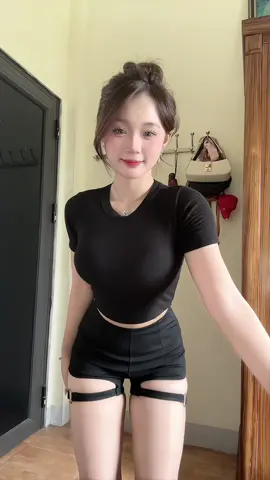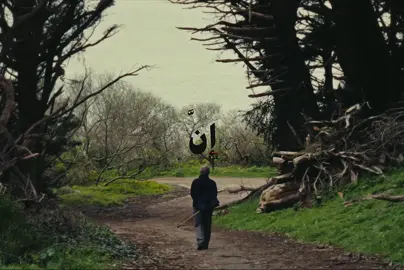berryybb
Region: AU
Monday 21 October 2024 11:37:30 GMT
7192
108
3
8
Music
Download
Comments
notrealaccount79 :
Đẹp vậy trời. Kb có được quen em này k😅
2024-11-03 11:20:34
2
21T10 :
🥰No1fan
2024-10-21 13:46:59
0
siu quậy vn 😇 :
🥰
2024-10-22 03:05:57
0
To see more videos from user @tunberryy, please go to the Tikwm
homepage.





